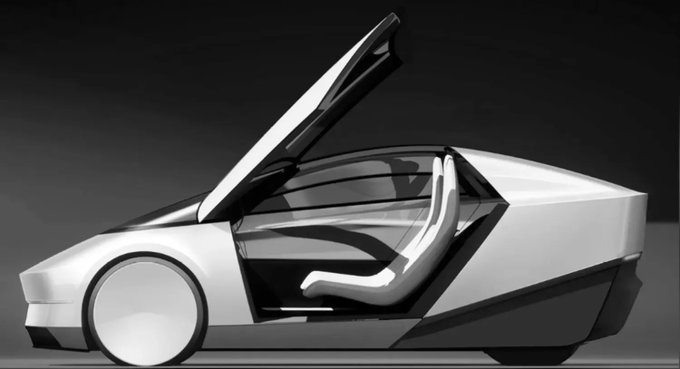I think it's the opposite, actually.
Writing and maintaining different sets of behavior in hand-written code is a task of enormous time and complexity. Moving to an end-to-end network turns that complexity problem into a scale problem. If there are traffic signs or lane configurations that only occur in one state, or even one locality with one state, being able to navigate them like a native human driver from that location is only a matter of sampling enough training data that shows humans successfully and lawfully navigating it.
The nice part about end-to-end is that Tesla doesn't even need to be aware of these region-specific driving laws. As long as enough correct behavior is sampled in their training set, the model will learn to do the same. And if the traffic law is something that cannot be intuited from surrounding contextual visual information, how are out-of-state drivers expected to follow it? We don't read the statutes of every state we pass through; there's typically a sign or markings that indicate the new behavior is expected, or you do as the drivers around you are doing.



